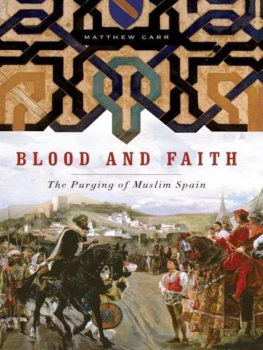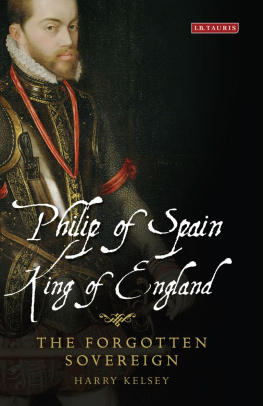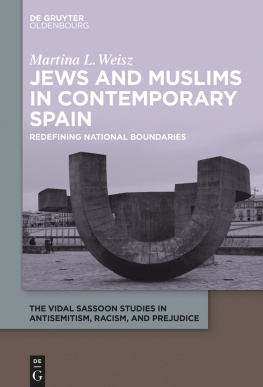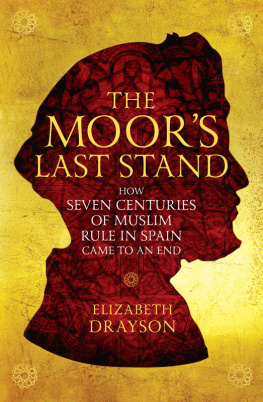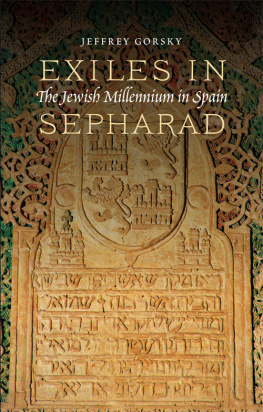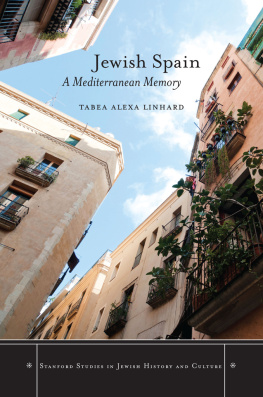Table of Contents
ALSO BY MATTHEW CARR
The Infernal Machine: A History of Terrorism
My Fathers House
Acknowledgments
This book could not have been written without the work of the outstanding scholars and historians who came to the subject of the Moriscos long before I did. While I have followed my own instincts and concerns and brought my own perspectives to bear, I have to a large extent been a traveler in terrain that was already explored and mapped out by the investigations of others. I have tried to include most of their names in the notes and bibliography, but I particularly want to thank Trevor Dadson, whose helpful recommendations in the early stages of writing this book sent me down some crucial trails in search of the voice of the Morisco.
I wish to thank Isabel Aguirre Landa at the Spanish State Archives at Simancas, who did everything to ensure that my visit there was as productive as possible. I am grateful to Miguel Aparici Navarro, the official chronicler of Cortes de Pallas, who took me on an unforgettable tour of the Morisco places in the Valencian highlands and treated me to one of the finest paellas I have ever eaten.
Once again, I must thank the staff at my local library in Matlock, Derbyshire, who patiently responded to my endless requests for books and articles from libraries across the country.
Last but not least, I owe a special debt of gratitude to Jane and my daughter, Lara, my constant and indispensable companions in good times and bad. For two and a half years, they lived with the Moriscos too, whether they wanted to or not.
I dedicate the result to them, with much love and appreciation.
Introduction
Between 1609 and 1614, King Philip III of Spain ordered the expulsion of the entire Muslim population from Spanish territory. Some 350,000 men, women, and children were forcibly removed from their homes and deported from the country in what was then the largest removal of a civilian population in European history, even larger than Spains previous expulsion of the Jews, which followed the Christian conquest of Granada in 1492. Unlike the Jews, the Muslims were all baptised Catholics who had all been forcibly converted to Christianity at the beginning of the sixteenth century. For more than a hundred years, the Moriscos, as these reluctant converts were known, lived a precarious existence in the midst of a Christian society that demanded the eradication of their religious and cultural traditions and persecuted them when they proved unwilling or unable to fulfill these demands.
By the beginning of the seventeenth century, Spains rulers had begun to conclude that the Moriscos were collectively incapable of such a transformation. An influential consensus depicted them as an alien population with political and religious affiliations outside Spains borders, whose members refused to assimilate into Christian society and whose presence constituted a threat to Spains religious integrity and a danger to the internal security of the state. In 1609, after years of vacillation and tortuous official debates, Philip and his ministers took the radical decision to remove all Moriscos from Spanish soil. At the time, the expulsion was hailed by a plethora of semi-official chroniclers as a transformative act of religious purification that would bring Spain prosperity, prestige, and military success. Within a few years of its official termination however, many Spaniards had begun to regard it as a mistake and even as a disaster.
Posterity has continued to generate its own differing interpretations. In the nineteenth century, conservative Spanish historians hailed the removal of the Moriscos as a milestone in Spains national evolution. To Manuel Danvila y Collado (18301906) the expulsion was a ruthless but essential episode in which there was no pity or mercy for any Morisco; but religious unity appeared radiant and splendid in the sky of Spain and fortunate is the country that is one in all its great sentiments.
Other writers have depicted the expulsion in racial rather than religious terms. It is madness to believe that existential battles, fierce and secular struggles between races can end in any other way than with expulsions and exterminations. The inferior race always succumbs and the principle of the strongest and most vigorous nationality ends up victorious, wrote the nineteenth-century Spanish scholar and literary critic Marcelino Menndez Pelayo.
Liberal historians have generally taken a less positive view of the expulsion. In his epic thirty-volume General History of Spain (18501858) the Spanish historian Modesto Lafuente described it as the most calamitous measure imaginable, which had contributed decisively to Spains subsequent economic and political decline. The American Hispanist and historian of the Inquisition Henry C. Lea saw the removal of the Moriscos as a triumph of religious fanaticism and bigotry over the rational interests of the state, which sacrificed Spains material prosperity and intellectual development in pursuit of unity of the faith.
Most historians agree on the brutality of the expulsion, regardless of whether they approved of its aims. The removal of the Moriscos is often described as a historical tragedy, and for the tens of thousands of men and women who lost their homes, their livelihoods, and in many cases their lives, their fate was indeed tragic. But the expulsion was also a monumental historical crime. Even from the distance of four hundred years, it is a crime that feels disturbingly modern. The history of the nation-state is littered with episodes in which unwanted or surplus populations have been driven from their lands and homes or physically eliminated in order to establish religiously, ethnically, or racially homogeneous communities within a single national territory. In its aims and motives, its combination of bureaucratic organization and the deployment of administrative, military, and economic resources toward the removal of an unwanted civilian population, the removal of the Moriscos contains many of the ingredients that we have come to associate with the phenomenon of ethnic cleansing.
The deportations and massacre of Native Americans during the westward expansion of the American frontier, the deadly Turkification campaign that killed up to a million Armenians in 19151916, the mass transfer of Turkish Christians into Greece and Greek Muslims into Turkey that followed the Greco-Turkish war of 1923, the Nazi Holocaust, the brutal population exchanges of Muslims and Hindus that followed the creation of modern India and Pakistan, the Palestinian exodus from Israel in 1948, and the civil wars of the former Yugoslaviaall these events were anticipated in the great purge that took place in Spain between 1609 and 1614.
If the expectations and assumptions that led to the expulsion were specific to their time, the tragedy of the Moriscos was part of a recurring dynamic that has been repeated in many other contexts, in which a powerful majority seeks to remake or define its own identity through the physical elimination or removal of supposedly incompatible minorities whose presence is imagined as potentially defiling or corrupting.
More than any other period in Islamic history, the Moorish Iberian civilization of al-Andalus has often demonstrated an extraordinary ability to make itself relevant to different historical periods and agendas, and the contrasting historical perspectives on the expulsion invariably touch on wider debates concerning the Islamic presence in Spain, the meaning of Spanish national identity, the relative values of Oriental versus Western civilization, and the relationship between Islam and Christianity. In the Muslim world, the historical memory of al-Andalus is often infused with nostalgia for a vanished period of Islamic cultural grandeur and accomplishment, whose contribution to that of Europe is often considered to have been underappreciated. For much of Spains modern history, the Islamic past was regarded with shame and humiliation or as an irrelevant or destructive deviation from Spains European and Christian essence.

